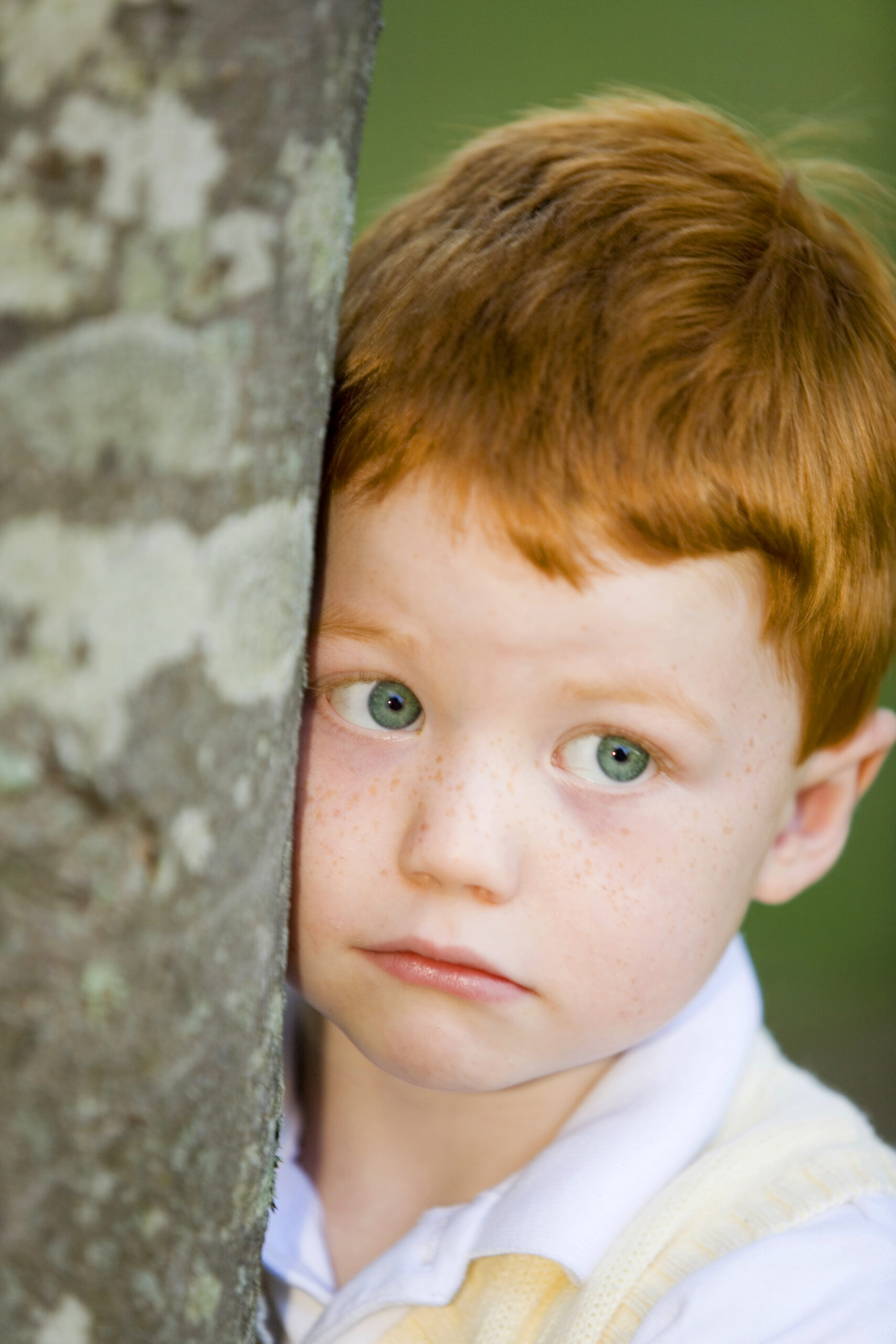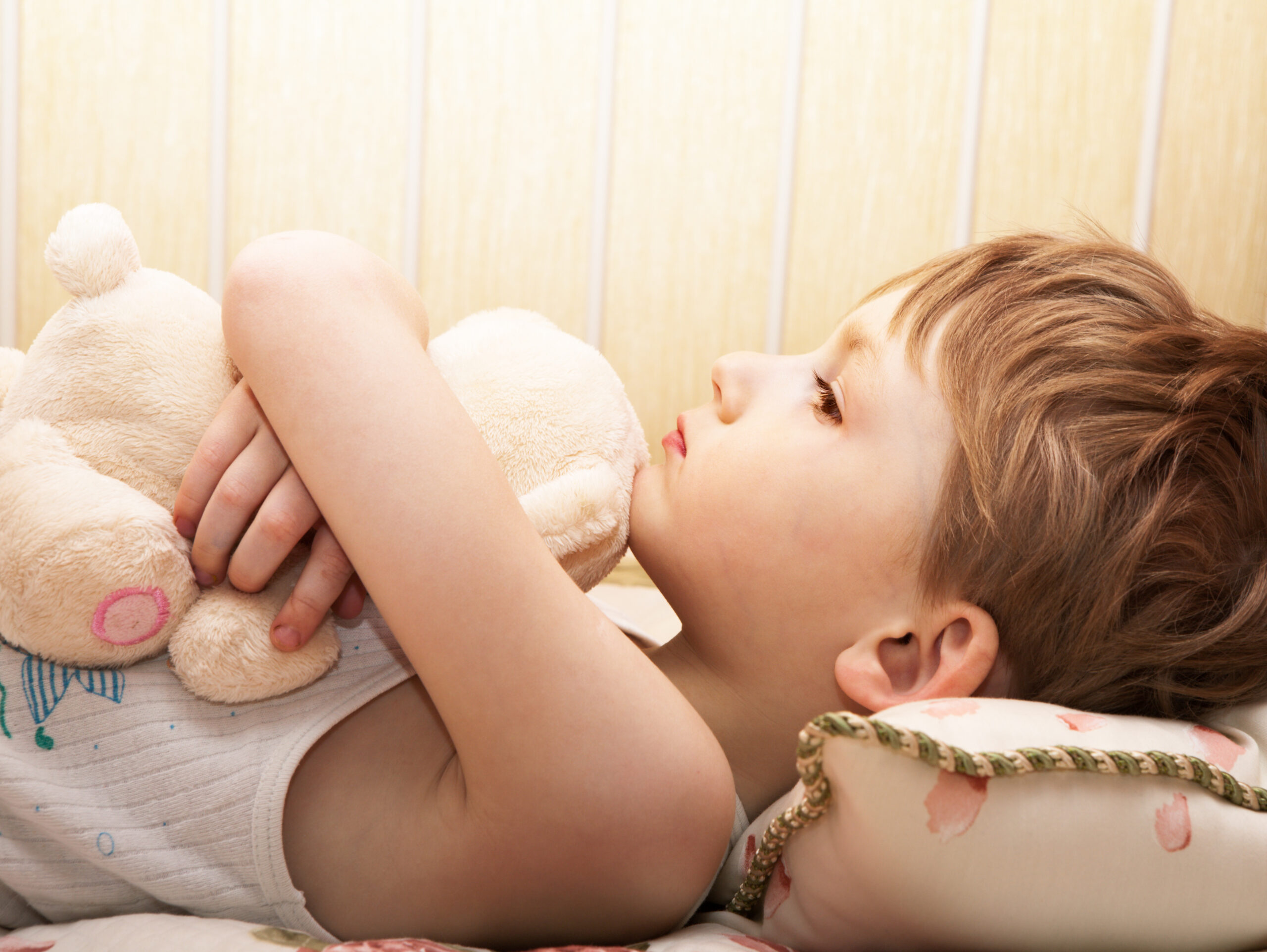Advice for TeachersParenting Advice
The Clingy Child and Childcare

Clingy Child? Helping your child adjust to childcare or Kindy.
For many children when they first begin childcare, saying goodbye to Dad and Mum can be a stressful time. The stress usually gets expressed through clinging behaviour, crying, or simply begging for you to stay. Young children, in particular, can struggle to express their feelings in words so they use their behaviour to communicate. If they could use words they would probably say something like:
- “I really love you, so can’t we be together today?”
- “I’m feeling scared that you won’t come back.” Or
- it can simply be, “I don’t want to go to Kindy!”
Saying good-bye can also be an anxious time for parents, as well. You want to be involved in your child’s life, and see them grow and learn new things. And it can be hard realising you have to share your child’s love with their Kindy teacher. If your child is showing signs of anxiety, our ANXIETY INTERVENTION contains key steps to helping them build resilience during this time.
A clingy child is a symptom of separation anxiety is very healthy and a normal part of your child’s development, so long as it doesn’t get entrenched. In fact, having a strong attachment to you is crucial for your child’s healthy development. So it’s realistic to expect some anxiety from your child when you say goodbye.
Remember, the love between a child and parent is very special, and very strong. No one else can take your place. In a real world though, children need to learn to separate in ways that doesn’t wound them each time. For the first 18 months your baby is totally dependent and it’s natural to be a clingy child. But as they get older, while still maintaining a strong attachment to you, they also need to develop a sense of independence. Dealing with separation is part of the process of your child becoming a distinct person.
If you’re wanting more general advice on a clingy child, not specifically related to childcare anxiety see our fuller description and intervention: The Anxious Clingy Child.
Remember, every child is unique. Some quickly adjust to a new environment, while others take much longer. Your child’s temperament influences how they emotionally respond when you separate. As a parent, you need to adapt your expectations to accommodate the uniqueness of your child’s temperament.
- Try to maintain a positive attitude as you take your child to the childcare centre. Your enthusiasm will ultimately influence your child. A Clingy child needs to sense their parent’s positive emotions. If you’re anxious, they will be too!
- Create a goodbye ritual. When children have routines they manage better, because they know what to expect. The goodbye ritual should have the focus on the return or re-connection. This helps keep the focus on the relationship not the separation and should in time reduce the symptoms of a clingy child.
- Try not to be rushed. If you are rushed your clingy child will pick up on your stress and can become agitated
Go in with your child each day
Say hello to the teacher. Spending time with your child’s teacher tells your child that you like and trust each other. Your child wants to like the people you like.
Help your child settle in. Sit with your child for a while so he/she can take in the activities and people in the room. Children love to interact with their environment so involving him/her in a play activity will help make the transition easier
When your child seems comfortable, let the teacher take him/her. It’s nurturing for your child to be in a devoted caregiver’s arms when you leave. Don’t slip out the door without saying goodbye as your clingy child may have a harder time learning to trust when you will go and when you will come back
Reassure them when you will be back – “I will be back at the end of the day – just like I came back yesterday.”
Have a special way to say goodbye; special words, high fives, or a hug. Be sure to make it a ritual.
Here are some other ways to say goodbye:
- Sitting down and reading one book with your child, then hugging and leaving
- Drawing a picture with your child, and letting him/her keep it
- Sitting with your child while he/she engages in an activity with a friend. When they are fully engaged and settled, give him/her a hug and kiss and leave
- Letting your child hold a picture of the family, or something of yours, as you leave.
- Have the teacher bring your child to the window or door to wave goodbye when you leave
Whatever the ritual you choose, be sure to follow it each day. When the ritual becomes familiar your child will feel comfortable and secure with it. Let the teacher help with the separation – indicate when you are ready to leave, and she can hold and comfort your child if he/she is crying. When you are ready to leave – GO. Don’t linger or come back as it makes it harder for your child
At the end of the day, ask the teacher about your child’s day. Sometimes children who express strong anxiety when you leave in the morning can ignore you when you arrive to pick them up later in the day! This can be your child’s way of saying, “I am still upset that you left me.” Remember, your child is glad to see you, even if it does not always look like it Your child has lots of feelings about being away from you. Let your child know you understand it is hard when you have been apart. I think it’s quite understandable for a child to feel anxious, or sad being apart from mum or dad. Empathy is a key parental response when a child feels anxious.
When your child knows that it’s okay to feel the way they do, they can start to calm down and feel more secure. Getting used to childcare can take a while for some children. And the anxiety can be repeated at a later date. It’s not unusual for anxiety to replay when a child is away sick, or you go for a family holiday, or you stay home. When they come back to the centre, the anxiety can start all over again. Don’t get discouraged though. Use the ideas shared and begin a new goodbye routine.
LIKE our FACEBOOK page to be kept up to date with recent articles and research




